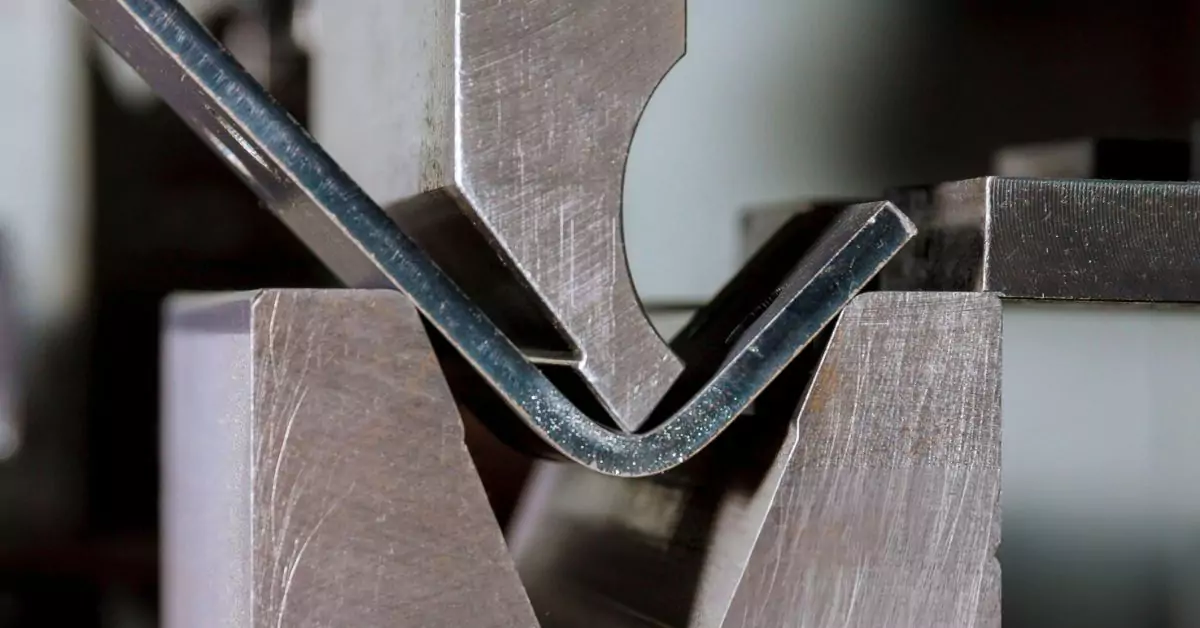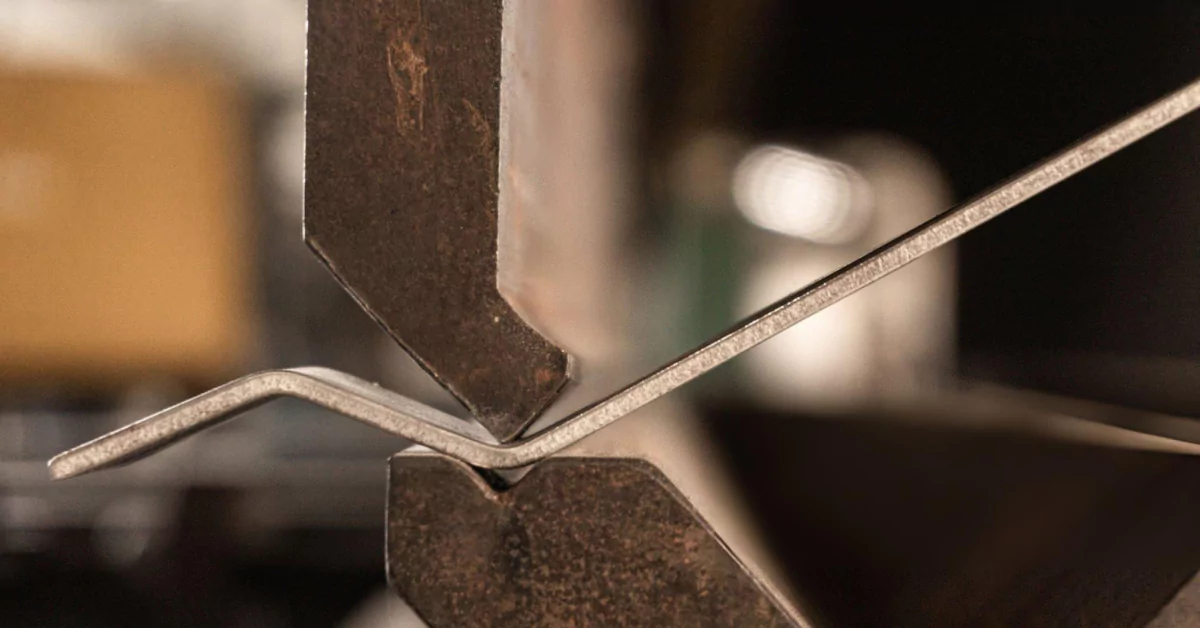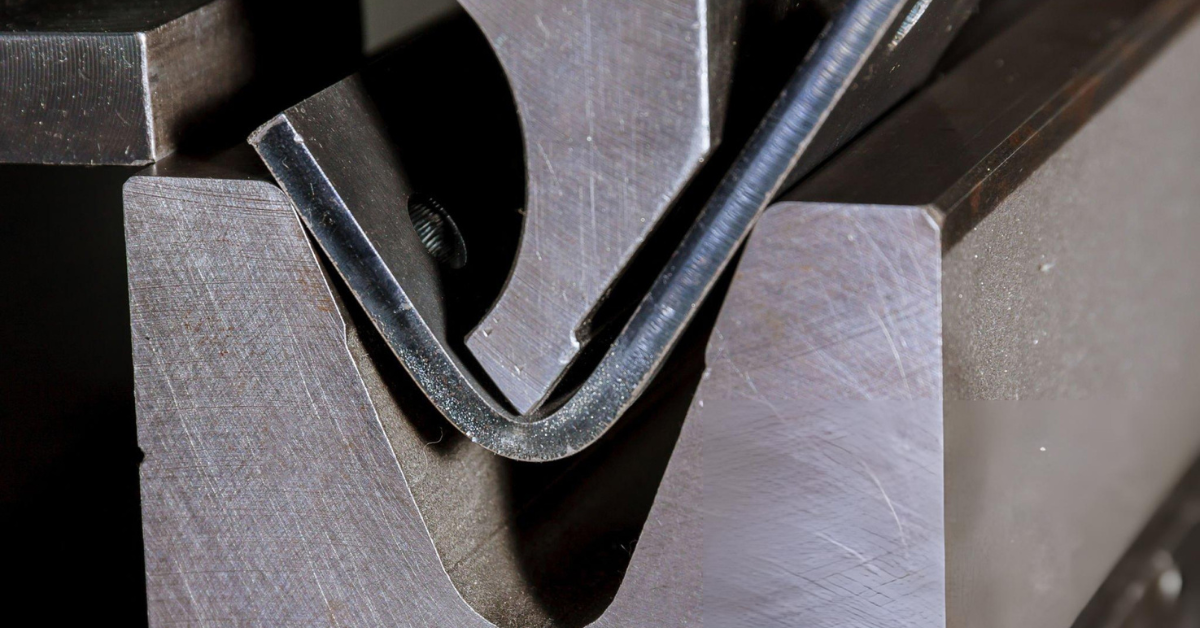What’s the Bending process and its types?
The process of Bending is crucial used in the fabrication of metals that is the process of deforming a substance usually metal by using force to form an angle or shape that you want. The technique is extensively used in industries of manufacturing, such as construction, automobiles as well as aerospace, to make parts for structural purposes, such as pipes frame, brackets and pipes. Bending can help shape the material but also preserving their strength and sturdiness. There are a variety of methods for bending according to the material size, and result.
In this post we’ll discuss different forms of bending, their uses as well as the most important terms that you should be aware of when bends in the fabrication of metal.
What’s the process of Bending Metal Fabrication?
It is the act of changing the form of an object without welding, cutting or adding additional components. Bending metal is a process that requires force and accuracy to change straight or flat pieces of metal into curved or bent shapes. It is necessary for making a variety of items.
metal bending process used in manufacturing
Factors that determine bends are:
- Thickness of the material
- Metal type (e.g. aluminum, steel,)
- Bending angle required
- The force used
Types of Metal Bending Processes
There are many types of bending techniques for metal with different degrees of accuracy and potential to specific needs. Here’s a examine the most commonly used bend methods.
1. Air Bending
Air bending is one the most popular bending methods for modern manufacturing. It is made using dies and punches, but the material doesn’t entirely conform to the shape of the die. In reality, the metal can only be shaped in a small amount and leaves an air gap between the piece of work as well as the die.
- Benefits less force required, bends are flexible with less tooling.
- Applications are used to fabricate sheet metal for the automotive and appliance manufacturing.
air bending sheet metal fabrication
2. Bottoming (or Coining)
Bottoming, sometimes referred to as coining, is a much more exact method of bending. The material is fully pressed inside the die leaving an air gap. This method requires a higher volume however it results in better reliability and accuracy.
- Benefits The HTML0 advantage is high precision, solid strength and durability of bent steel.
- Applications Ideal for production in mass quantities where precise angles and evenness are crucial.
coining metal bending precision process
3. Roll Bending
It is utilized to create massive radius bends with the use of a set of rolling rollers. Metal is rotated between the rollers a number of times over time, forming gradually the shape or radius desired.
- Benefits Ideal for creating geometric shapes. It’s also very efficient when it comes to huge radius bends.
- Applications typically used for tubes, pipes and huge sheets used in the marine and construction industries.
roll bending big radius tubes and pipes
4. Rotary Draw Bending
Rotor draw bends are used to make precise and intricate bends, particularly in tubular parts. The tube is clamped by a die while a rotating arm pulls it towards the die in order in order to create the bend you want.
- Benefits A high level of accuracy and consistency perfect for very tight radiuses.
- Applications commonly used in aerospace, automotive as well as furniture industry for bend tubing.
rotary draw bent for tubing within the auto manufacturing
5. Press Bending
The process uses a presses to press the metal to conform to the shape you want. It is a flexible method that is suitable for sheets of metal as well as pipes. It could be hydraulic, mechanical or pneumatic.
- Benefits Simple and powerful it can be used with a large variety of substances.
- Applications used in the construction industry in situations where speedy and effective bent sheet metal is necessary.
press bending for sheet metal used in the construction
6. Wipe Bending
The process of wipe bending involves in which a flat sheet of steel is held in the position of a punch while it is bent over the die. It is typically utilized for smaller angles and where precision isn’t important.
- Advantages: Fast, cost-effective for simple bends.
- Applications are ideal for the creation of frames and brackets.
wipe bending for brackets and frames made of metal
Factors That Affect the Bending Process
In deciding on a bend process various factors are brought into the equation. This includes:
- The material type: Certain metals, such as aluminum, are more flexible, and therefore easier to bend than others, while some, such as steel, need greater strength.
- Thickness: Thicker metals typically need stronger forces or special machines to get the bend you want.
- Bend Angle: The angle that is required for the final product determines the method and choice of tool.
- Tooling: The selection of die, punch or rollers will impact the accuracy and strength that the bent.
- Springback: It is the tendency of a material to return to its initial shape following bending. The accounting for springback will ensure accurate result.
factors affecting metal bending process
Conclusion
The process of bending is a crucial one for Custom Metal Fabrication. It offers numerous methods, based on the outcome you want as well as the materials employed. From bottoming and air bending to bending by rolling and rotary draw, every method has particular advantages to specific uses. Knowing the distinctions between the various methods is essential in determining the appropriate approach for your specific project regardless of whether it’s the automotive or construction industries or industrial manufacturing.
metal bending services in manufacturing
When they master the art of bending manufacturing companies can produce high-quality and durable parts that are able to are in line with the demands of a variety of industries.




